Ian Green, in The Christian's ABC, describes the distinct catechetical methods of the sixteenth century. Reformation catechesis, he says, entailed the convergence of three kinds of methods.
"Rote Repetition"
The first aspect of catechetical method was the use of "rote repetition," which Green notes had become a standard mode of educating by the Middle Ages (p. 17). Students and children learned things simply by committing them to memory. It's often speculated that pre-printing-era young minds were much better at memorizing things than we are today. But still, this was a tried-and-true method by the early modern era.
"Question-and-Answer"
The second aspect was the Q-and-Answer technique, which, although often associated with Luther, actually predates him. Luther's key emphasis is getting beyond memorization to understanding. Green writes:
"The second method—the bare question-and-answer technique—is nowadays often associated with Luther, though he was not the first to use it. From the early 1520s Luther had been anxious that the laity should be able not only to memorize the Decalogue, the Lord's Prayer, and the Apostles' Creed in the vernacular, but also to understand them. So in his small catechism of 1529 these three formulae were broken up into much shorter sections, each of which was followed by the question ‘What does this mean?’ and by an answer of Luther's own devising." (p. 17)
Green almost immediately recognizes the modern disconnect with Luther's approach. When we read Luther's Shorter Catechism, for instance, we'll may find it "impersonal":
"To modern eyes the result may appear stilted and impersonal: the form of the questions was repetitious, the questioner offered no words of encouragement or praise, and the answers were all put in the first-person plural rather than singular. Moreover, some of the answers were so long that those country-bred children who were less used to rote learning than their school-attending urban cousins probably found them hard to memorize." (p. 17)
Dialogue
The third approach, which fits with the Q-and-A method, is the use of dialogue. Though this was an ancient kind of teaching (think Socratic method), it took on a new twist in the Reformation, especially with the ability to print. Now it becomes possible for this primarily oral genre to morph into a written, text-based mode of instruction.
Green notes that there were varieties of uses for dialogue in late-medieval ecclesial education. It was a way to train confessors (to teach them questions to ask as well as useful comments to make in return). It was a way to teach Christian behavior and scriptural knowledge both at a more basic as well as in depth level, which the teacher could gage by dialogue with the student (one can find the use of this form in Gregory the Great, for instance). Finally, Green notes that this was a common feature of Christian humanist education, as found in people like Erasmus, Châteillon, and Cordier, who "regularly used dialogues or ‘colloquies’ as educational tools to teach Christian behaviour or scriptural knowledge; indeed, in the Renaissance period dialogues were being used in many parts of Europe to perform a wide variety of functions."
Four Types of Dialogue
To break down the varieties of "dialogue" even further, Green draws on the work of Peter Burke, who maps out four types of dialogue.
"At one end was the catechetical (which he sees as little better than a monologue, with the student asking the odd question or making an occasional interjection while the master expatiated at great length); in the middle was the disputation (in which two points of view were expressed but one speaker was allowed to win), and the conversation (as the last, but open-ended and not loaded in one speaker's favour); finally, at the other extreme came the dramatic type (where the (p.18) situation was as important as what was said, for example Erasmus's portrayal of Julius II arguing with St Peter at the gates of heaven)."
Green is mostly dealing with the first two, though he says "not even the first corresponds exactly with what emerged as the typical catechism of the later sixteenth century, since in the latter it was usually the senior who asked and the junior who replied, and in many but not all cases the balance between question and answer was not too one-sided. Perhaps ‘educational’ or ‘instructive’ would be a better term for Burke's first type of dialogue." (p. 17-18)
Green spends significant time here on a topic that almost seems too trivial to mention. But my guess is that we too easily assume we know what kind of format catechisms come in, and so what kind of teaching style goes with it—both of which tend to be outdated. But Green's analysis suggests that perhaps there's more pedagogical sophistication to these methods than might be seen at first glance. Attending to styles and methods of the old ways just might prove to be a valuable aid in renewing catechesis in the church today.

